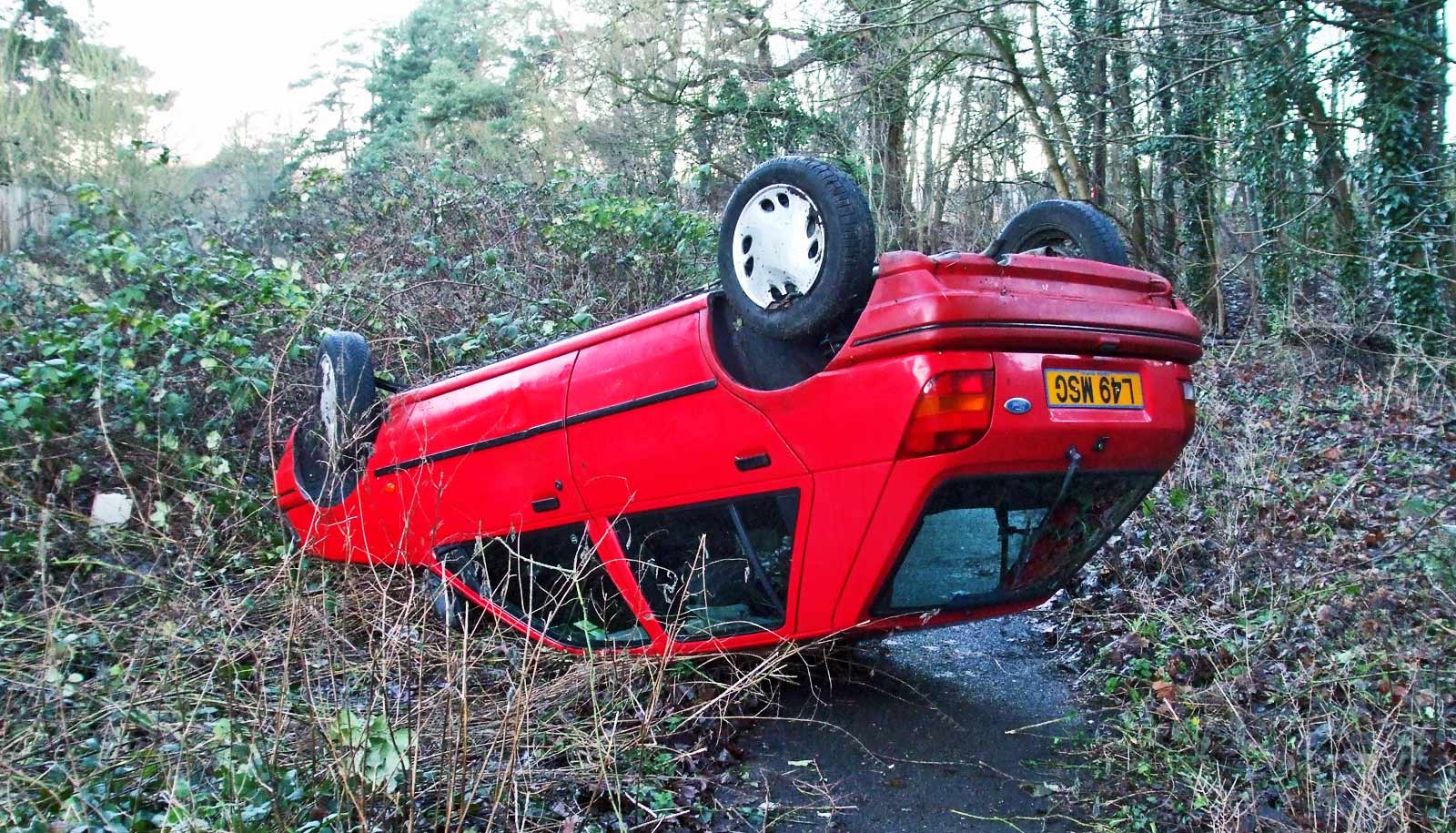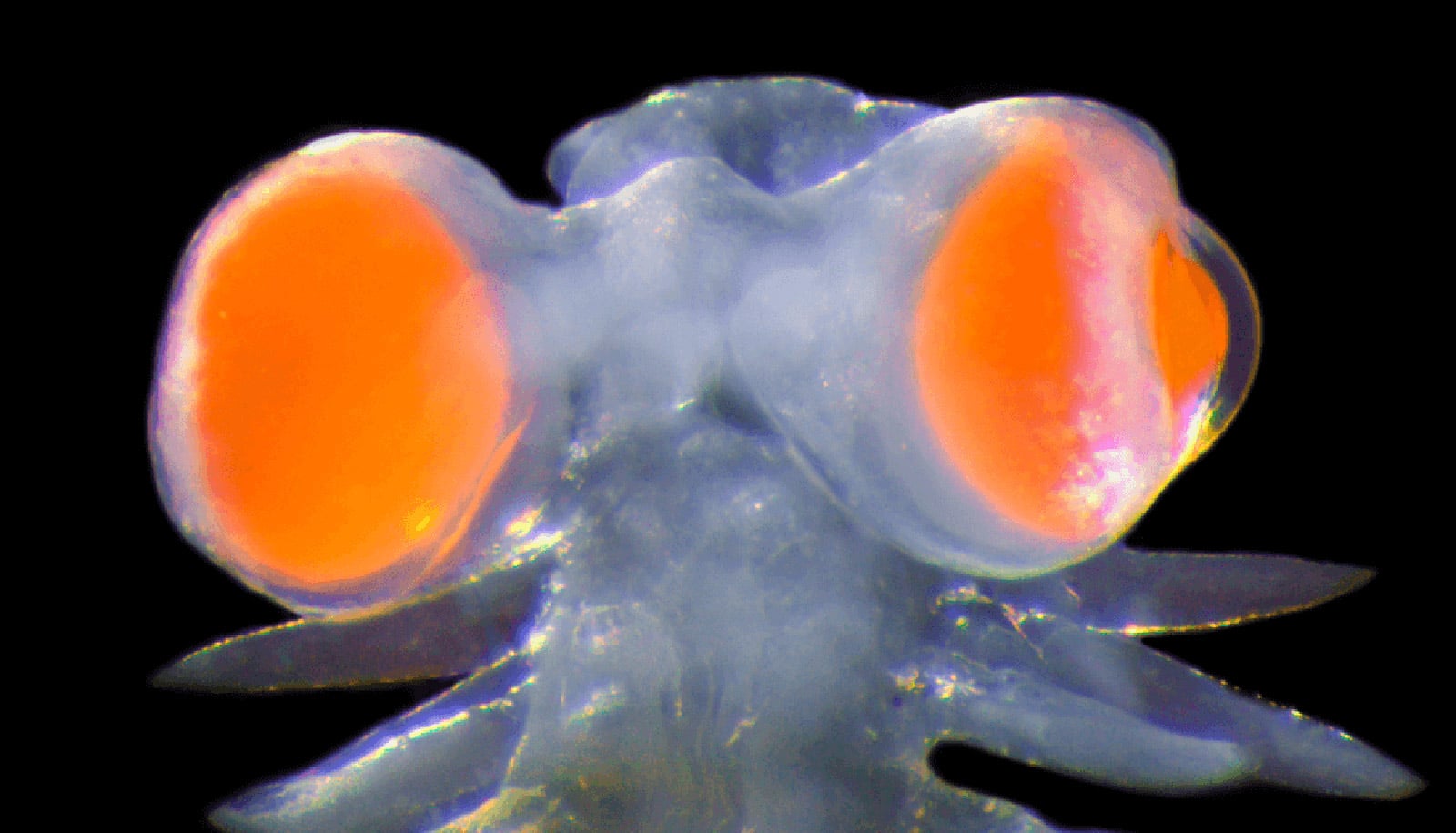When it comes to duplicating DNA, evolution seems to value speed over accuracy, new research suggests.
The finding challenges assumptions that perfectly accurate transcription and translation are critical to the success of biological systems. It turns out a few mistakes here and there aren’t critical as long as the great majority of the resulting biopolymers are correct.
A new paper in the Proceedings of the National Academy of Sciences shows how nature has optimized two processes, DNA replication and protein translation, that are fundamental to life. By simultaneously analyzing the balance between speed and accuracy, Rice University researchers determined that naturally selected reaction rates optimize for speed “as long as the error level is tolerable.”
Their technique allowed them to see that while error correction through kinetic proofreading leans toward speed, the cost of going as fast as possible could sometimes be too big.
Kinetic proofreading is the biochemical process that allows enzymes, such as those responsible for protein and DNA production, to achieve better accuracy between chemically similar substrates. Sequences are compared to templates at multiple steps and are either approved or discarded, but each step requires time and energy resources and as a result various tradeoffs occur.
“Additional checking processes slow down the system and consume extra energy,” says postdoctoral fellow Kinshuk Banerjee. “Think of an airport security system that checks passengers. Higher security (accuracy) means a need for more personnel (energy), with longer waiting times for passengers (less speed).”
Team gets closer look at DNA ‘copy machine’
The researchers found the prevalent theories unsatisfying when they became interested in learning how nature corrects its errors.
“I’ve never been happy with the way people look at biological error correction mechanisms because their approaches were oversimplified,” says Anatoly Kolomeisky, professor of chemistry and chemical and biomolecular engineering. “I wanted a more comprehensive framework, so we could look at both the right and wrong pathways for replication and translation, as well as for other processes.
“We developed a powerful quantitative method with which we can simultaneously calculate error, speed, and energy costs, where previous methods only focused on errors,” he says.
“We saw what was missing,” adds Oleg Igoshin, associate professor of bioengineering and biosciences. “By simultaneously analyzing several parameters, we can see the interplay between energy, error, and speed and determine where optimization occurs.”
DNA acts like electrical wire to replicate itself
While speed is still a priority, biological systems sacrifice a bit by fine-tuning error correction. Graphs produced by the new calculations show that when protein replication is limited by just a percentage point or two below maximum speed, the accuracy remains high and energy savings are significant.
“It is perhaps not that surprising that accuracy is not the only concern for the system,” Banerjee says. “What is fascinating is how the systems optimize their performance by fine-tuning these apparently opposite objectives while taking care of the energetic cost.”
The new paper is the second of two in quick succession by the trio to address accuracy in cellular processes. In March, they reported in the Journal of Physical Chemistry Letters that error correction in the production of enzymes, the biological catalysts essential to all life, is always determined by kinetics rather than thermodynamics. The authors say the research clarified important features of enzymatic selectivity mechanisms in biological systems.
The Center for Theoretical Biological Physics at Rice, the National Science Foundation, and the Welch Foundation supported the research.
Source: Rice University



